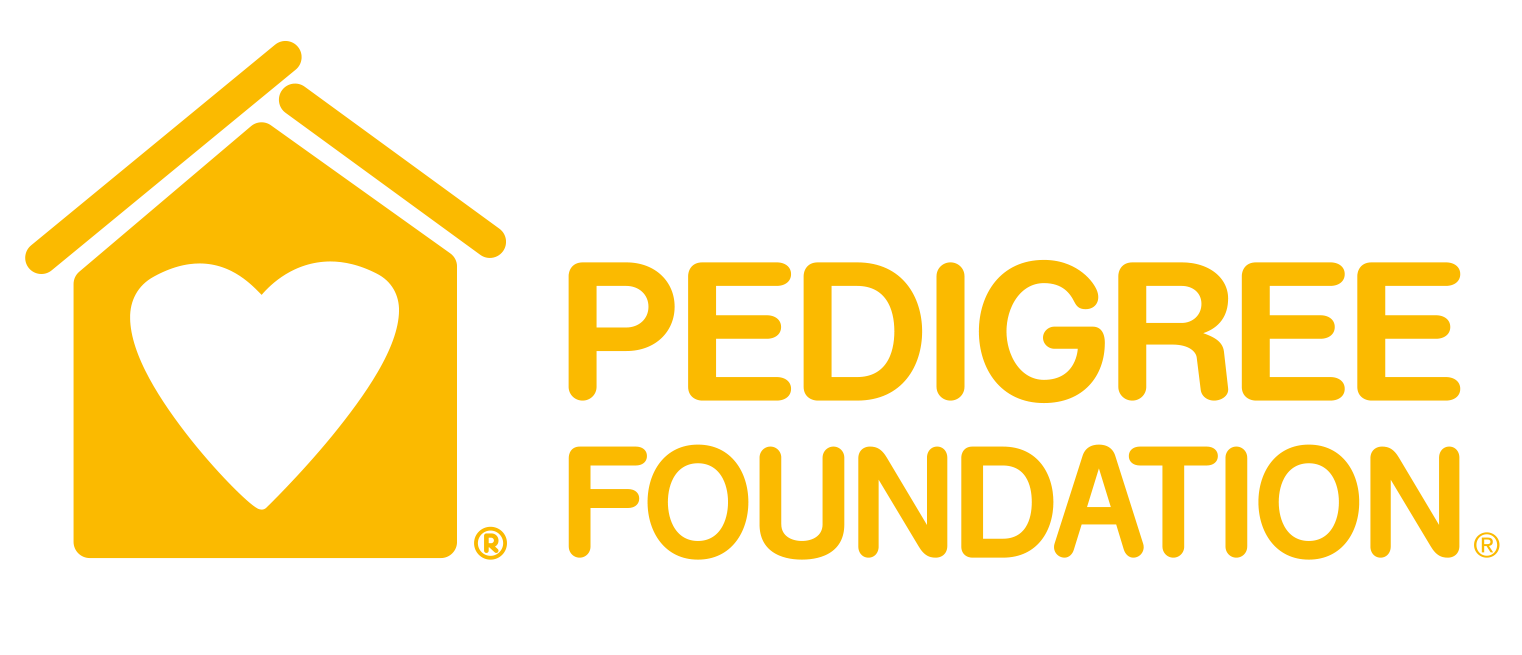While we are getting much closer to understanding the complex circumstances that lead to pets in need of homes, the data still has quite a ways to go to give us the actionable answers we are looking for. Gaining a better understanding of why and how pets enter animal welfare organizations and what we can do to support both ends of the leash has been a huge topic amongst animal welfare professionals for the last several years, but the conversation actually started much earlier than some may think.
In 1992, animal shelter researcher and advocate Dr. Andrew Rowan dubbed animal sheltering a “statistical black hole.” In the thirty years since, there have been tireless efforts to best estimate the number of animals entering animal sheltering organizations across the country. Research using animal shelter data has helped us understand why and how animals come into shelters. This research relies largely on data collected by organizations at the time of intake. However, recently, concerns for the reliability of this data might undermine efforts to improve our understanding of community needs. So, how are shelters collecting animal shelter data?
To learn more about the consistency of animal shelter data collection, PhD Candidate Lexis Ly and Dr. Alexandra Protopopova from the University of British Columbia’s Animal Welfare Program surveyed shelter staff across the U.S. and Canada through an online experiment. Survey respondents were shown four owner surrender scenarios that described what led families to this tough decision. After reading each scenario, shelter staff were asked to enter data about the animal as they would in their own software for the surrender reasons, breeds (primary and secondary) and colors (primary and secondary) of the dog shown in the scenario.
The results showed that, for all four scenarios, the rank and frequency of selected reasons, breeds, and colors varied considerably among staff. For example, a total of 12 – 16 reasons were selected for each scenario (out of a total of 40 possible reasons). Overall, we found that staff were given the same complex fictional owner surrender narratives, agreement about the number of surrender reasons, importance of reasons, as well as breed, and color, was low. Further, staff described many methods of selecting the primary reason for surrender. While 26.3% of staff suggested that they would input whatever the owner selected or told directly, 18.8% discussed selecting the underlying or true issue, which was often not the first reason the owner said.
This suggests that, while we are hoping to use this data to make accurate, evidence-based changes to support people and pets, better, clearer and standardized information is needed to more accurately and directly support people and pets.
In 2012, Shelter Animals Count (SAC) was established with a mission to “be the trusted source for collecting and sharing credible and accessible data to positively impact animals and communities.” This data comes from thousands of animal welfare professionals across the country and with so much variation in terms and definitions, standardization through SAC was key to achieving this mission.
Organizations may have different policies, programs, and procedures, but in order to have credible data at a national level, all organizations need to be using the same definitions for shelter data fields. Having data reported differently at each organization, leads to aggregate national data being inaccurate or misleading. Shelter Animals Count and Tufts University Center for Shelter Dogs collaborated on a two-year research project to understand the feasibility of collecting and utilizing animal-level data at a national level. Animal-level data is data associated with each individual animal that enters the animal welfare system, including information such as breed, size, color, intake reason, intake/outcome dates, etc. While our industry has standardized high-level categories for intakes and outcomes, nationally reporting on the “why” animals are entering and leaving in certain ways is a vital next step in moving our industry towards solutions for greater lifesaving. The study concluded that this data is lacking in standardization of fields and inputs on a national scale.
In an effort to nationally report on animal-level data statistics, SAC is working on standardizing this data entry and collection. The Animal Welfare Glossary, created in partnership with HASS, serves as a single place for definitions of terms and calculations used throughout the industry, and it continues to expand as more fields are standardized. Collaboration is key to standardization development and buy-in, which is why SAC is working with shelter and rescue representatives across the country during this process.Organizations and individuals are encouraged to be a part of this process by contributing data to SAC and participating in focus groups related to this standardization.
In 2020, Human Animal Support Services (HASS) began collaborating with industry leaders and organizations across the country to find solutions to unprecedented challenges faced by animal welfare organizations during the Covid-19 pandemic. In an effort to keep more pets with their families, we began testing new ways of collecting standardized intake reasons that were heavily influenced by this research conducted by Lexis Ly and Dr. Protopopova and focus groups hosted by Shelter Animals Count.These reasons were aimed at getting to the root cause of why people needed to surrender their pets.
As a part of the Intake Triage project, we’ve launched a standardized intake reasons for owner surrender and comprehensive staff training to use case management and client service approaches to getting to the root cause of human circumstances that lead to pet relinquishment. As a result, the organizations piloting the project are getting a more in depth understanding of the needs of their communities that can be used to make strategic decisions about services that are offered and human services organizations to partner with to support both ends of the leash and reduce the need for pet surrender due to hardship.
Together, our hope is that more organizations will adopt the standardized intake reasons list and use the developed training to get more information on the human-centric root causes leading to pets entering shelters. By collecting this information in a more standardized way that leaves less for staff interpretation, more organizations can start to address needs in their communities and researchers and Shelter Animals Count can begin to look at national trends to bring more awareness to the human circumstances that lead to pets entering shelters.
Citations below:
Rowan (1992) Shelters and Pet Overpopulation: A Statistical Black Hole
Animal-Level Data Blog Series: Overcoming a lack of standardized data entry – Shelter Animals Count
Animal-Level Data Blog Series: Navigating Data Entry Errors – Shelter Animals Count








